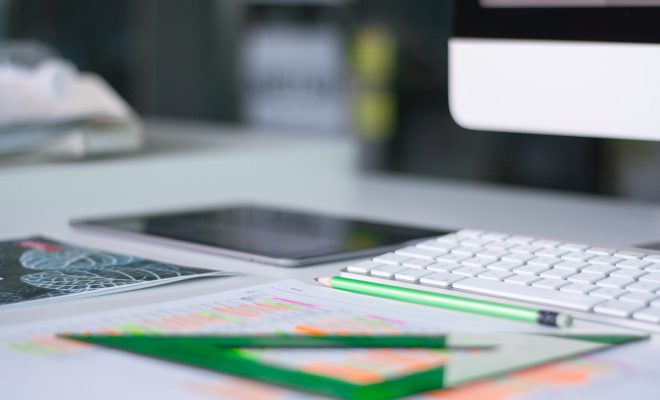Understanding Working Memory in the Classroom

Working memory, the mental workspace where we hold and manipulate information, plays a crucial role in learning. Understanding its limitations and strategies for enhancement can dramatically improve classroom performance.
Think of working memory as a mental juggling act. It allows us to hold onto information while processing it, essential for tasks like listening to instructions, solving math problems, or writing an essay. However, this mental juggling act has a limited capacity, making it challenging to handle multiple complex tasks simultaneously.
In the classroom, students with strong working memory are better equipped to:
Follow multi-step instructions: They can hold each step in mind while executing them.
Engage in complex problem-solving: They can keep relevant information active while strategizing solutions.
Participate actively in discussions: They can retain the information shared and contribute meaningfully.
To support students with varying working memory capacities, educators can:
Break down complex tasks: Dividing assignments into smaller, manageable steps eases the cognitive load.
Provide visual aids: Images, diagrams, and mind maps enhance memory by leveraging different cognitive pathways.
Encourage active recall: Frequent testing and summarizing promotes deeper understanding and strengthens memory retention.
Foster metacognitive skills: Teach students to self-monitor their learning process, recognizing when they need to pause, re-focus, or ask for support.
By understanding the role of working memory in learning, educators can create a classroom environment that fosters both academic achievement and cognitive development. This approach empowers students to maximize their learning potential, leading to greater academic success and confidence.






